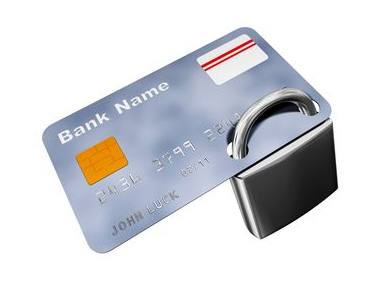Identity theft is a type of fraud that involves using someone else's identity to steal money or gain other benefits.
Common examples of identity theft methods
- Phishing - the scammer tricks you into handing over your personal information.
- Hacking - the scammer gains access to your information by exploiting security weaknesses on your computer, mobile device or network.
- Remote access scams - the scammer tricks you into giving access to your computer and paying for a service you don't need.
- Malware & ransomware - the scammer installs software on your computer that allows them to access your files or watch what you are doing on your computer.
- Fake online profiles - the scammer sets up a fake profile on a social media or dating site and sends you a ‘friend’ or ‘connection’ request
- Document theft - the scammer get access to your private information through unlocked mailboxes or discarded personal documents such as utility bills, insurance renewals or health care records.
How to prevent it
Protecting your identity can be as simple as these 10 identity security tips:
- Don’t provide your PIN or internet banking login or password to anyone.
- Lock up your personal documents at home and when you are travelling, if you need to dispose of old documents or copies, destroy them.
- Put a lock on your mailbox and when you move and redirect your mail.
- Be aware when use social media and limit the amount of personal information (your date of birth, current address, driver’s licence number and passport details).
- Keep your anti-virus and firewall software up-to-date and secure your home computer, network and mobile phone with security software and strong passwords and avoid using public computers for sensitive activities.
- Be very careful about clicking on links in e-mails or text messages. Do not use links to access trusted numbers of websites. Always enter the correct address for websites into the address bar of your browser and look up numbers from a legitimate directory.
- Learn how to avoid common scams on WA ScamNet website.
- Be cautious about requests for your personal information over the internet, phone and in person in case it is a scam.
- If you get a bill for goods and services that you haven’t ordered - investigate it promptly.
- Be alert for any unusual bank statements, transactions or missing mail.
What to do if you have had your identity stolen
Identity theft can be very serious, both financially and emotionally. Follow these guidelines to protect yourself and always alert the authorities if you suspect your details have been stolen or are being misused.
-
Report any suspected crime. - For physical loss of property, contact your local police. For a digital loss of information in Australia, report a cybercrime to ReportCyber. Ask for a copy of the police report as banks and financial institutions will want to see it.
-
Apply for a Commonwealth Victims’ Certificate - This Certificate is a further piece of information that you can use to help support your claim that you have been the victim of Commonwealth identity crime. This may help you to rectify your business or personal affairs.
-
Contact your bank or financial institution - Tell your bank, credit provider or the relevant company what has happened. If any accounts have been opened with your stolen details, ask for them to be closed or cancelled. You may need to ask them to set you up new accounts and PINs.
-
Inform the relevant government agency or business - If your driver's licence, passport, citizenship papers, Medicare card, birth, marriage and change of name certificates, tax file number, superannuation or pension details have been stolen, let the relevant agency know. Similarly, if your financial documents or investment reports were taken, alert your stock broker, financial planner or fund manager.
-
Get a copy of your credit report - You should tell the credit reporting agency that you have been a victim of identity theft so they can note it in your file. Check your credit report to see what companies have checked your credit history recently, and let them know not to authorise any new accounts in your name. Get a copy of your credit report from one of these reporting agencies
-
MyCreditFile.com.au (Equifax)
-
CheckYourCredit.com.au (Dun and Bradstreet)
-
- Get help from iDcare - iDcare is a free government industry service which works with you to develop specific response plans to reduce the risk and impact of identity fraud.
List of Scams
-
 28 July 2020
28 July 2020PIN verification code scams
Read More...Scammers are getting around a common security feature used by organisations to prevent unauthorised access to your personal information.
-

Phoney fraud alerts
Read More...A phoney fraud alert is similar to a phishing scam. It can come in the form of an email or a phone call claiming to be from your bank or financial institution. The scammer will usually tell you that your credit card or account has been cancelled because it was involved in criminal activity, or because they suspect your card or details have been stolen. This is a trick to get you to given them your account details.
-

Bank emails
Read More...You have just received an urgent email from your bank notifying you of fraudulent activity. If you receive an email call from someone purporting to be from your bank and requesting account and password details, do not respond. Immediately contact your bank. Do not use the telephone number the email has provided.
-

PayPal security email
Read More...The email states that you need to confirm your PayPal information by going directly to a website listed or to click on the link attached.This is a typical phishing email sent by fraudsters in an attempt to collect sensitive personal or financial information from you.




